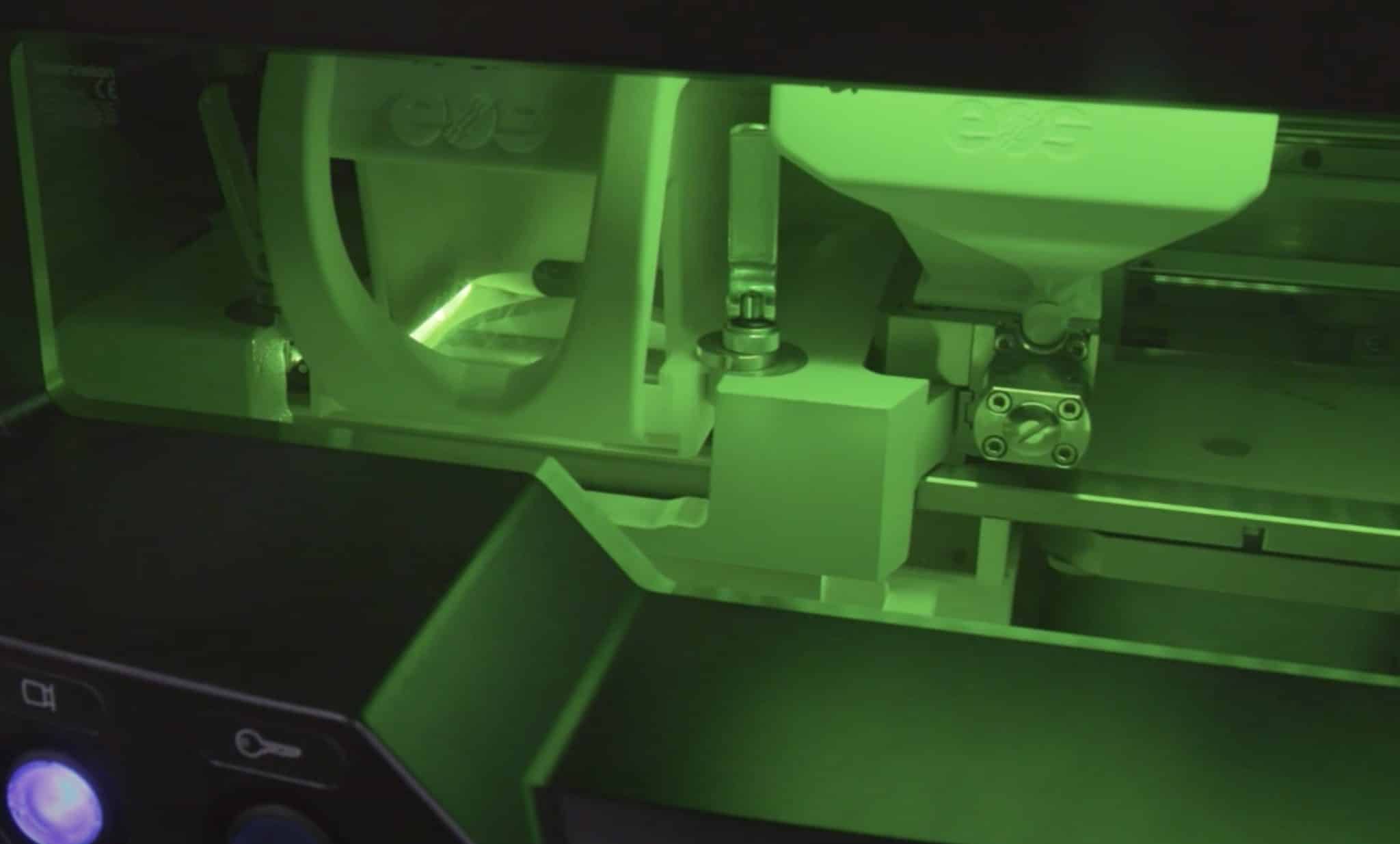O’Brien’s current research at MIT’s Department of Nuclear Science and Engineering (NSE) leverage additive manufacturing to accurately position ceramic nanoparticles within the metlpool during the build process, something that is just not possible to do with ancient formative manufacturing processes. Ceramic matrix composites are considered key materials for the future of several advanced manufacturing industries, including aviation and space, with both Safran and GE Aviation reportedly investing significantly in their adoption for jet engine parts. AM is a key enabler for the use of these ultra-advanced materials. The blooming fusion energy sector is also a natural fit. So is next-generation fission.
“As the design of new fusion devices kicks into gear, it’s becoming increasingly apparent that the materials we have been using just don’t hold up to the higher temperatures and radiation levels in operating environments,” O’Brien explained. Additive manufacturing “opens up a whole new realm of possibilities for what you can do with metals, which is exactly what you’re going to need [to build the next generation of fusion power plants],” he said.

Metals and ceramics by themselves might not do the job of withstanding high temperatures (750 degrees Celsius is the target) and stresses and radiation, but together they might get there. Although such metal matrix composites have been around for decades, they have been impractical for use in reactors because they’re “difficult to make with any kind of uniformity and really limited in size scale,” O’Brien said.
That’s because when you try to place ceramic nanoparticles into a pool of molten metal, they’re going to fall out in whichever direction they want. “3D printing quickly changes that story entirely, to the point where if you want to add these nanoparticles in very specific regions, you have the capability to do that,” O’Brien explained.
O’Brien’s work, which forms the basis of his doctoral thesis and a research paper in the journal Additive Manufacturing, involves implanting metals with ceramic nanoparticles. The net result is a metal matrix composite that is an ideal candidate for fusion devices, especially for the vacuum vessel component, which must be able to withstand high temperatures, extremely corrosive molten salts, and internal helium gas from nuclear transmutation.

O’Brien’s work focuses on nickel superalloys like Inconel 718, which are especially robust candidates because they can withstand higher operating temperatures while retaining strength. Helium embrittlement, where bubbles of helium caused by fusion neutrons lead to weakness and failure, is a problem with Inconel 718, but composites exhibit the potential to overcome this challenge.
To create the composites, first, a mechanical milling process coats the ceramic onto the metal particles. The ceramic nanoparticles act as reinforcing strength agents, especially at high temperatures, and make materials last longer. The nanoparticles also absorb helium and radiation defects when uniformly dispersed, which prevents these damage agents from all getting to the grain boundaries.
The composite then goes through a laser powder bed fusion (L-PBF) process on a system from market leader EOS. “By coating these particles with the ceramic and then only melting very specific regions, we keep the ceramics in the areas that we want, and then you can build up and have a uniform structure,” O’Brien said.
The 3D printing of nuclear materials exhibits such promise that O’Brien is looking at pursuing the prospect after his doctoral studies. “The concept of these metal matrix composites and how they can enhance material property is really interesting,” he said. Scaling it up commercially through a startup company is on his radar.